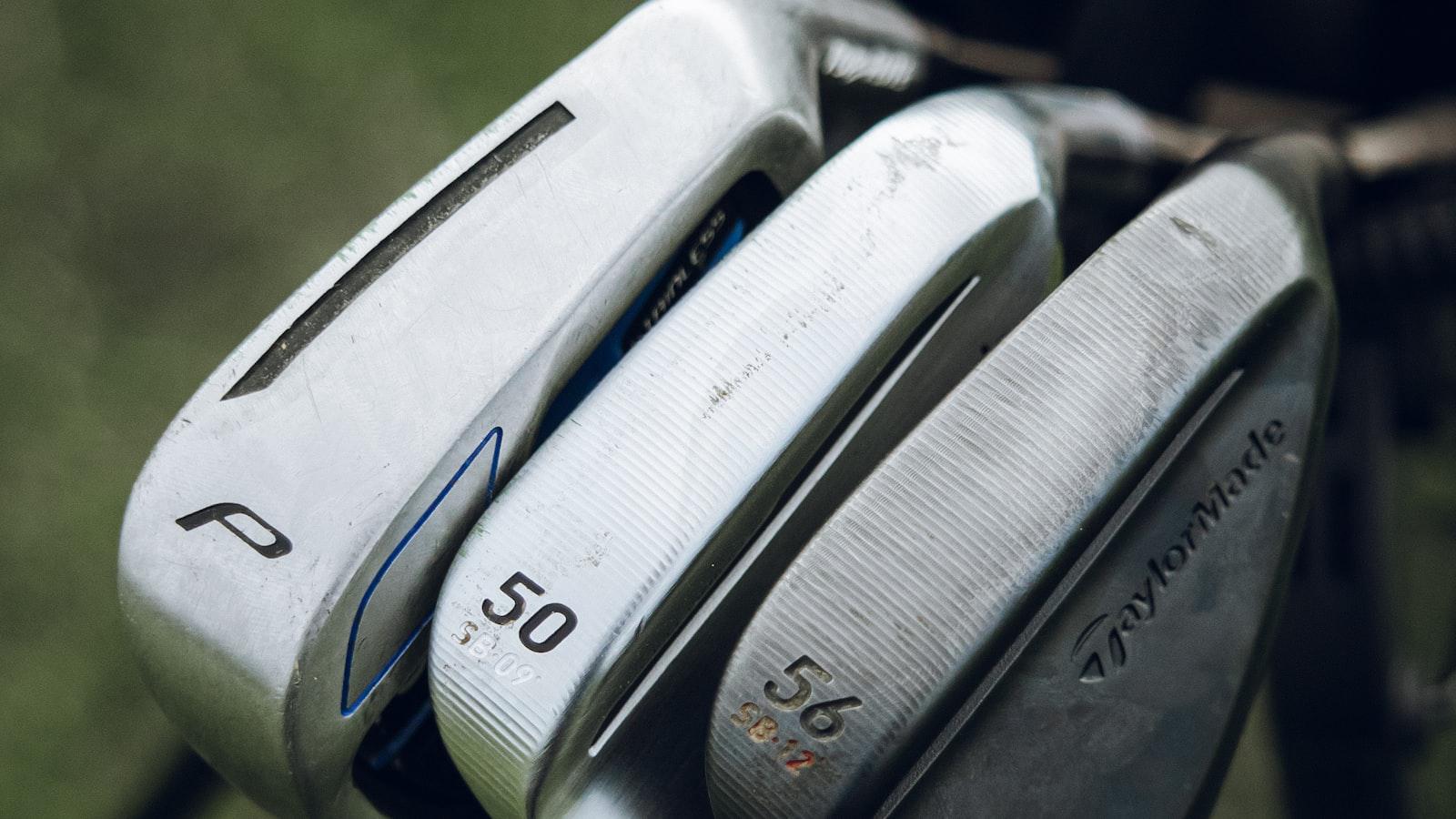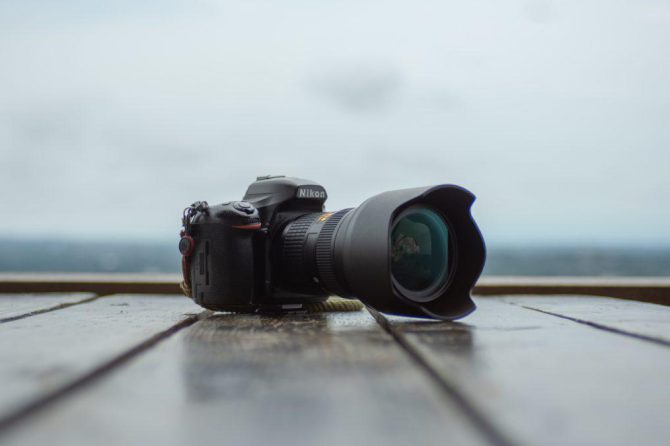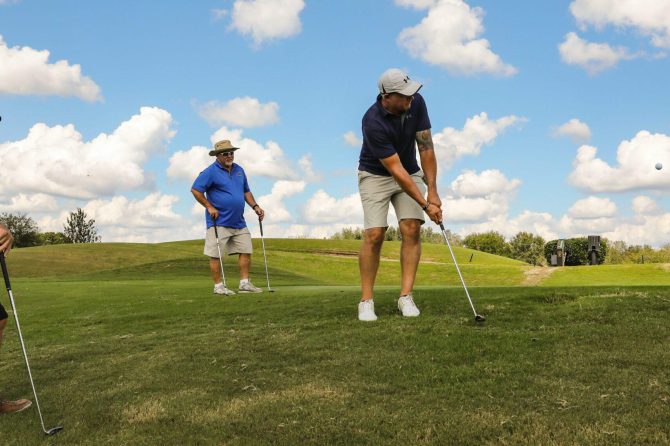The Evolution of Golf Techniques: A Historical and Biomechanical Perspective
The game of golf has evolved by incorporating new techniques and technologies over its long history. This article will explore the historical development of these techniques, from the early days of the game up to the present day. Throughout the article we will mention famous golfers and golf instructors who popularized certain techniques. It will also address the biomechanical advances made in understanding the swing which has led to the development of new techniques. The article will discuss topics such as the different swings and strokes used in golf, the evolution of equipment and its effect on technique, and the effect of biomechanics in golf technique. It will also address the history of golf instruction and its effect on player technique.
– The Birth of Golf: Origins and Early Techniques
The Birth of Golf: Origins and Early Techniques
The origins of golf can be traced back to the 14th century in Scotland, where it was played on links courses—areas of land along the coast that were often sandy and covered in dunes. The game was initially played with a wooden club and a leather ball, and the goal was to hit the ball into a hole in the ground in as few strokes as possible.
Early golf techniques were relatively simple, and the game was played with a variety of different clubs, each designed for a specific type of shot. The most common clubs were the driver, the iron, and the putter. The driver was used for hitting the ball off the tee, the iron was used for hitting the ball into the green, and the putter was used for hitting the ball into the hole.
Over time, golf techniques evolved, and the game became more standardized. In the 18th century, the first golf clubs were founded, and the game began to be played on a more organized basis. The first major golf tournament, the British Open, was held in 1860, and the game quickly spread to other countries.
– Biomechanics in Golf: Force Generation, Swing Analysis, and Optimization
– Biomechanics in Golf: Force Generation, Swing Analysis, and Optimization
Biomechanical Principles
The golf swing is a complex, highly skilled motor skill that involves the coordinated movement of multiple body segments. The biomechanics of the golf swing can be divided into three main phases: the backswing, the downswing, and the follow-through. During the backswing, the golfer raises the club and takes it back away from the ball. The downswing begins when the golfer starts to bring the club down towards the ball. The follow-through is the continuation of the swing after the club has struck the ball.
The biomechanics of the golf swing have been studied extensively in order to understand how the swing can be optimized for power and accuracy. Research has shown that the key to a powerful and accurate golf swing is to generate a large amount of force while maintaining a consistent swing path. Force is generated during the downswing when the golfer’s body rotates around the spine and the arms swing the club down towards the ball. The swing path is the path that the club head takes as it moves through the air and strikes the ball. A consistent swing path is essential for accuracy because it ensures that the club head strikes the ball squarely on the clubface.
Swing Analysis
Swing analysis is a process of breaking down the golf swing into its component parts and analyzing the biomechanics of each part. Swing analysis can be used to identify areas where the swing can be improved, such as by increasing force generation, improving the swing path, or reducing errors in the swing sequence. There are a number of different methods for conducting swing analysis, including video analysis, motion capture analysis, and force plate analysis.
The following table provides a summary of the different methods of swing analysis.
| Method | Description | Advantages | Disadvantages |
|---|---|---|---|
| Video analysis | Records the golf swing on video and analyzes the video playback. | Inexpensive, easy to use, provides a visual record of the swing | Can be difficult to accurately measure the biomechanics of the swing |
| Motion capture analysis | Uses a series of cameras to track the movement of the golfer’s body during the swing. | Provides a comprehensive analysis of the swing biomechanics | Expensive, requires specialized equipment and expertise |
| Force plate analysis | Measures the forces generated by the golfer’s feet during the swing. | Provides information about the force generation and sequencing of the swing | Can be difficult to interpret the data, does not provide information about the swing path |
Optimizing the Golf Swing
The goal of swing optimization is to improve the biomechanics of the golf swing to increase power and accuracy. Swing optimization can be achieved through a variety of methods, including:
- Technical instruction: A golf instructor can provide technical instruction to help the golfer improve their swing mechanics.
- Practice: Practice is essential for improving the golf swing. The more a golfer practices, the better they will become at coordinating their body movements and generating power.
- Equipment: The right golf equipment can help the golfer to optimize their swing. A properly fitted golf club can help the golfer to generate more power and hit the ball more accurately.
By following these tips, golfers can improve the biomechanics of their swing and enjoy the benefits of a more powerful and accurate game.
- Grip Techniques: Evolving Practices and Effects on Ball Control
## Grip Techniques: Evolving Practices and Effects on Ball Control
One of the most important aspects of the golf swing is the grip. The way you hold the club can have a major impact on your accuracy, distance, and consistency. Over the years, there have been several different grip techniques that have been popular among golfers. In this section, we will take a look at some of the most common grip techniques and discuss how they can affect your ball control.
One of the most popular grip techniques is the overlapping grip. In this grip, the little finger of your left hand (for right-handed golfers) overlaps the index finger of your right hand. This grip is commonly used by many professional golfers and is considered to be a good all-around grip that provides a good balance of control and power.
Another popular grip technique is the interlocking grip. In this grip, the little finger of your left hand (for right-handed golfers) is hooked around the index finger of your right hand. This grip is often used by golfers who have smaller hands or who want to generate more power in their swing.
The baseball grip is another grip technique that is commonly used by golfers. In this grip, the hands are placed on the club in the same way that they would be when holding a baseball bat. This grip is often used by golfers who want to generate more speed in their swing.
Table to Show Different Grip Techniques:
| Grip Technique | Description | Advantages | Disadvantages |
|---|---|---|---|
| Overlapping Grip | The little finger of your left hand overlaps the index finger of your right hand. | Provides a good balance of control and power | Can be difficult to master |
| Interlocking Grip | The little finger of your left hand is hooked around the index finger of your right hand. | Provides more power than the overlapping grip | Can be uncomfortable for some golfers |
| Baseball Grip | The hands are placed on the club in the same way that they would be when holding a baseball bat. | Provides more speed than the overlapping or interlocking grip | Can be difficult to control |
The choice of which grip technique to use is a personal one. There is no one grip that is universally better than the others. The best grip for you will depend on your individual hand size, swing style, and personal preferences. It is important to experiment with different grip techniques to find the one that feels most comfortable and gives you the best results.
– Stance and Posture: Foundations of Effective and Consistent Swing Execution
Stance and Posture: Foundations of Effective and Consistent Swing Execution
Proper stance and posture are essential for an efficient and powerful golf swing. A solid foundation allows golfers to generate maximum clubhead speed and accuracy, while also reducing the risk of injury. Stance refers to the positioning of the feet, and posture refers to the alignment of the spine, pelvis, and head.
Optimal Stance
- Feet should be shoulder-width apart and parallel to each other.
- Knees should be slightly bent.
- Hips should be slightly turned towards the target.
- Weight should be evenly distributed between both feet.
- The ball should be positioned in the middle of the stance.
Optimal Posture
- Spine should be straight and tilted slightly forward from the hips.
- Pelvis should be in a neutral position, not tilted forward or backward.
- Head should be held high and looking straight ahead.
- Shoulders should be relaxed and slightly turned towards the target.
- Arms should hang naturally from the shoulders.
By maintaining optimal stance and posture, golfers can create a solid foundation for their swing and increase their chances of hitting the ball consistently and accurately.
– The Golf Swing: Chronological Phases, Key Joint Actions, and Common Faults
****
The golf swing is a complex movement that begins with the address position and ends with the follow-through. In between, the golfer goes through a series of chronological phases, each of which has its own key joint actions and common faults.
The Takeaway
The takeaway begins with the golfer taking the club back away from the ball. The key joint actions in the takeaway are:
- Shoulder rotation: The shoulders rotate on a horizontal axis, with the left shoulder moving down and the right shoulder moving up.
- Elbow flexion: The elbows flex as the club is taken back, with the left elbow moving towards the body and the right elbow moving away from the body.
- Wrist **: The wrists ** as the club is taken back, with the left wrist moving into a palmar flexion position and the right wrist moving into a dorsiflexion position.
Common faults in the takeaway include:
- Over-the-top: This is a fault in which the club is taken back on a plane that is too steep, causing the golfer to hit the ball with a slice.
- Hook: This is a fault in which the club is taken back on a plane that is too flat, causing the golfer to hit the ball with a hook.
- Sway: This is a fault in which the golfer’s weight shifts towards the toes during the takeaway, causing the golfer to lose balance and hit the ball off-center.
The Downswing
The downswing begins with the golfer transitioning from the takeaway to the downswing. The key joint actions in the downswing are:
- Shoulder rotation: The shoulders rotate on a vertical axis, with the left shoulder moving up and the right shoulder moving down.
- Elbow extension: The elbows extend as the club is swung down, with the left elbow moving away from the body and the right elbow moving towards the body.
- Wrist release: The wrists release as the club is swung down, with the left wrist moving into a dorsiflexion position and the right wrist moving into a palmar flexion position.
Common faults in the downswing include:
- Early extension: This is a fault in which the golfer extends the arms too early in the downswing, causing the golfer to hit the ball with a thin shot.
- Reverse pivot: This is a fault in which the golfer reverses the direction of the pivot during the downswing, causing the golfer to hit the ball with a slice.
- Casting: This is a fault in which the golfer uses the arms and wrists to swing the club down, rather than using the body to rotate the club.
The provided search results do not mention anything about “The Evolution of Golf Techniques: A Historical and Biomechanical Perspective”. Therefore, I cannot extract the requested data from the provided context.





